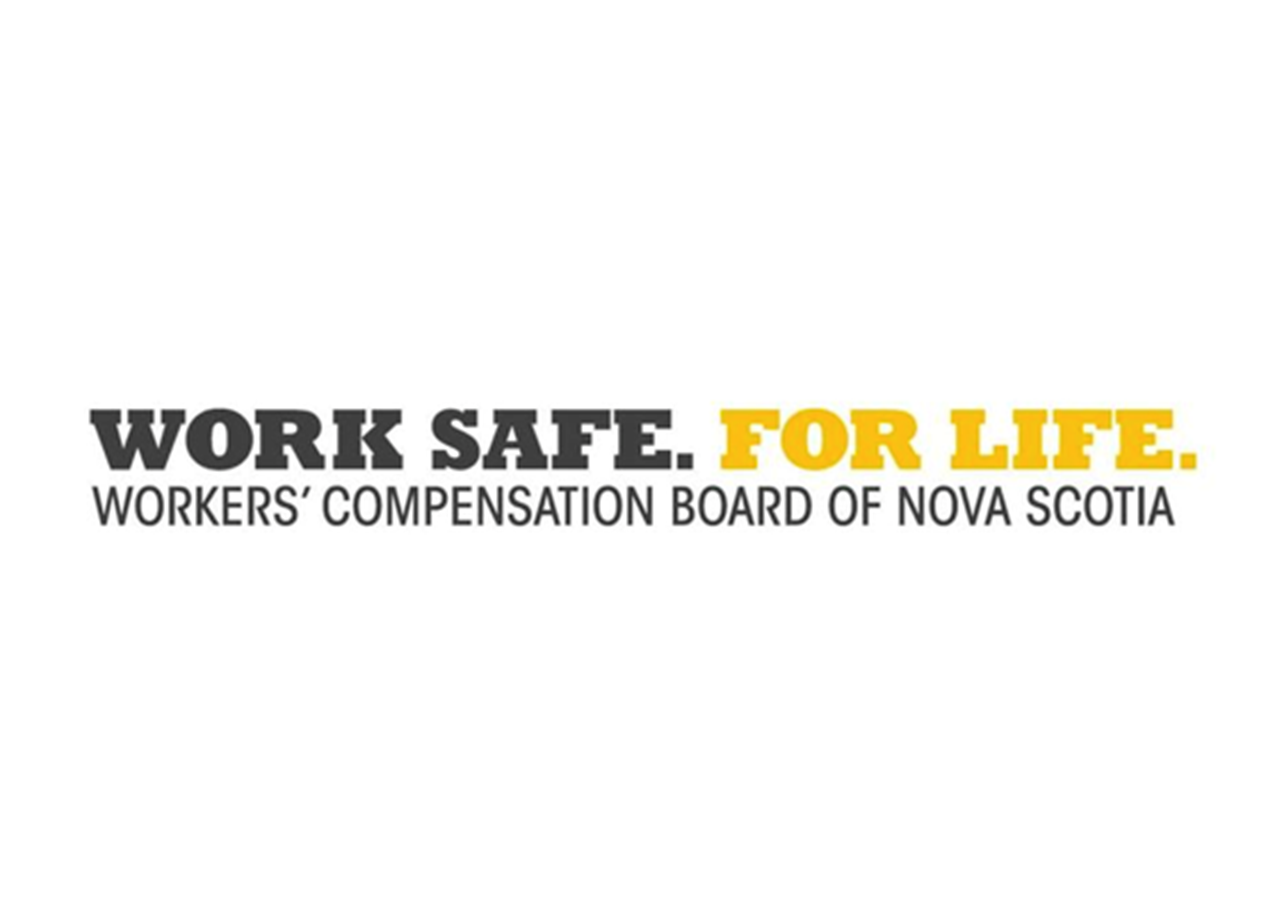Omicron variant increases pressure on workforce as Q3 2021 results released
HALIFAX, NS – As the Omicron variant continues to take a toll on Nova Scotia, its workplaces, and the healthcare system, WCB Nova Scotia says it has never been more important to prevent workplace injuries and help those who are injured return in a safe and timely manner.
“The workplaces we serve have, overall, responded very well to the pandemic in terms of protecting workers from the virus itself,” says Stuart MacLean, CEO, WCB Nova Scotia. “At the same time, the strain the pandemic is putting on the workforce is shining a light on the importance of workplace safety and return-to-work.”
The organization’s Q3 2021 results, released today, paint the picture of a province that was enjoying a relatively normal summer with an increasingly vaccinated population, loosening restrictions and workplaces resuming regular operations.
Since those results were finalized however, the Omicron variant has changed things, and put different pressures on the workforce, particularly challenging frontline workers.
“Pressure is especially evident in the health and social services sectors, which were facing difficult workplace safety challenges long before the pandemic,” says MacLean. “The good news is there has been progress in the sector in its overall approach to health and safety, and we need that focus to continue.”
Despite the challenges of the pandemic, fewer long-term care and home care workers were injured in Q3 than in the quarter prior, and overall, fewer days are being lost to workplace injury on average.
Overall, there was a statistical increase in time-loss injury in Q3, as more workplaces resumed more regular operations. The rate at which people were injured at work increased from 1.59 in Q2 to 1.61 per 100 covered workers, still an overall improvement from 1.67 in 2019 – a record low prior to the pandemic.
Q3 and Operational Highlights
- At the end of Q3 2021, the WCB’s time-loss injury rate is 1.61 per 100 workers. It was 1.54 at the end of 2020, and 1.67 at the end of 2019.
- The average number of days paid for time loss has decreased to 328 per 100 covered workers, down from 353 from at the end of 2020.
- At the end of Q3, WCB Nova Scotia was 103 per cent funded.
- Injury prevention and return to work in home care and long-term care is a major focus for the WCB and our partners, as guided by our new Strategic Plan.
- WCB Nova Scotia provides workplace injury insurance to about 20,200 employers and about 325,000 workers across Nova Scotia.
Source: WCB Nova Scotia


